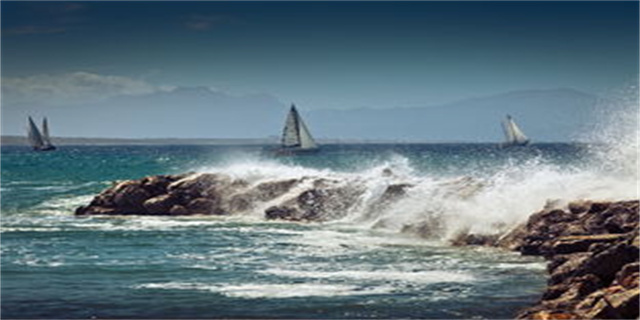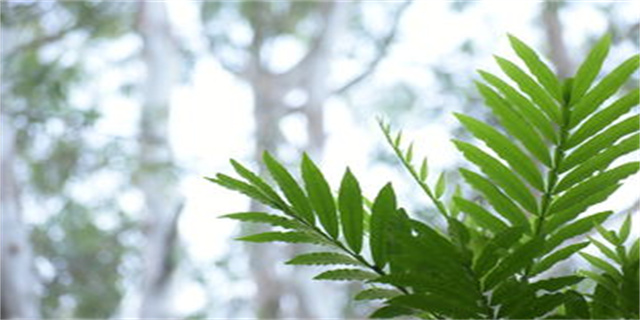最佳答案Exploring the World of \"Introduced\" Species Introduction Introduction of non-native plant and animal species has been a major concern for ecologists across th...
Exploring the World of \"Introduced\" Species
Introduction
Introduction of non-native plant and animal species has been a major concern for ecologists across the world. Such species are commonly referred to as \"introduced\" or \"invasive\" species. As humans continue to modify the environment through activities such as urbanization, more and more introduced species are finding their way into new environments.

Impact of Introduced Species on Ecosystems
When species are introduced into a new ecosystem, they can have significant impacts on local biodiversity and ecosystem function. For example, in the United States, invasive species like the zebra mussel, Eurasian watermilfoil, and purple loosestrife have caused significant damage to waterways and wetlands. Invasive animal species can outcompete native species for food and other resources, leading to declines in population numbers and diversity.

One of the most notable examples of a destructive introduced species is the cane toad. Originally introduced to Australia in the 1930s to control pests in sugarcane plantations, the toads rapidly spread and are now considered a major pest themselves. Cane toads have been shown to be toxic to many native species, including a variety of predators that have no natural defense against the toad's toxins.
Prevention and Management of Introduced Species
Preventing the introduction of non-native species is key to mitigating their negative effects on local ecosystems. This can be achieved through a variety of methods, such as stricter regulations on importing species and improved surveillance at ports and other entry points. Additionally, early detection and rapid response programs are critical for managing nascent invasions before they become established.
Once an introduced species has become established, eradication can be difficult and costly. In many cases, control efforts are focused on managing the spread of the species and minimizing its impact on native species and ecosystem function. Biological control measures, such as introducing predator species to control invasive pests, can be effective, but must be carefully monitored to prevent unintended consequences.
Conclusion
Introduced species can have significant impacts on local ecosystems, often resulting in decreased biodiversity, alterations to ecosystem function, and economic costs. Prevention of new introductions and management of established populations is key to mitigating these negative outcomes.
By working together through prevention, early detection, and effective management, we can protect our native species and maintain healthy ecosystems for generations to come.






